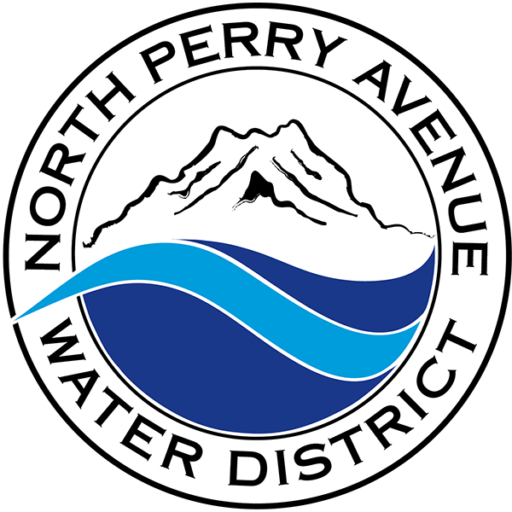Contaminant Info
North Perry Water District tests its water for the following chemicals and contaminants, as outlined in the Consumer Confidence Report.
- Chlorine Residual means the concentration of chlorine present in water after the chlorine demand in the source has been satisfied.
- Total Coliform/E. coli are microorganisms naturally present in the environment; as well as feces;fecal coliforms and E. coli only come from human and animal fecal waste. Not a health threat initself; it is used to indicate whether other potentially harmful bacteria may be present.
- Arsenic is an inorganic chemical that comes from erosion of natural deposits; runoff from orchards, runoff from glass and electronics production wastes.
- Disinfection By-Products (Haloacetic acids [HAA5] Total Trihalomethanes [TTHMs]) are contaminants formed by the reaction of disinfection chemicals (such as chlorine) with other substances in the water being disinfected.
- Inorganic Materials are materials such as sand, salt, iron, calcium salts, metals and other mineral materials.
- Lead and Copper are inorganic chemicals that enter water primarily through corrosion of household plumbing systems and erosion of natural deposits.
- Manganese is a secondary contaminant; a mineral similar to iron and found in the Earth’s crust.
- Nitrates are inorganic chemicals that come from runoff from fertilizer use; leaking from septic tanks or sewage; and erosion of natural deposits.
- Radionuclides are radioactive elements which can be artificial or naturally occurring. Radionuclides have long life as soil or water pollutants.
- Synthetic Organic Chemicals (SOCs) are man-made organic chemicals. Some SOCs are volatile; others tend to stay dissolved in water instead of evaporating.
- Volatile Organic Compounds (VOCs) are organic chemical compounds whose composition makes it possible for them to evaporate under normal indoor atmospheric conditions of temperature and pressure.
